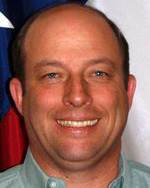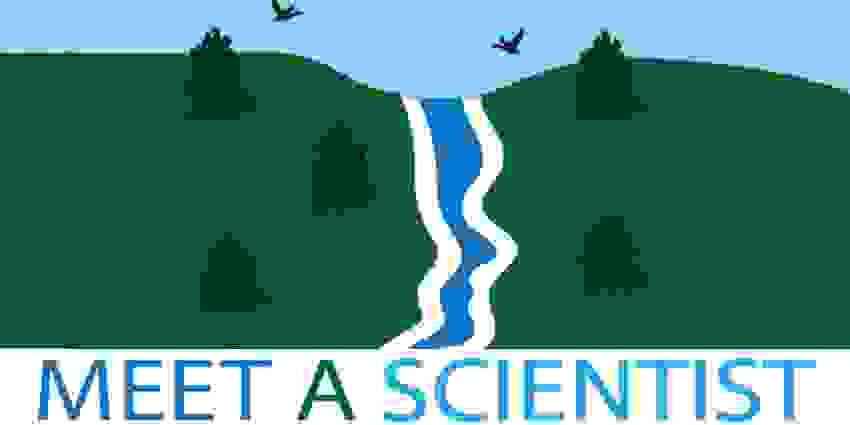When Dr. Jay Angerer earned his bachelor’s in rangeland management from Texas Tech University in 1986, he had no idea that his job would one day take him around the world.
Angerer began his education at Texas Tech studying wildlife. But after taking a course on plant ecology that piqued his interest, he switched to focusing on rangeland management. He later went on to earn a master’s in range science and a doctorate in rangeland ecology and management, both from Texas A&M University.
Now, Angerer is an assistant professor specializing in agroecological modeling at the Center for Natural Resource Information Technology within Texas A&M AgriLife Research’s Blackland Research and Extension Center in Temple.
Through research on vegetation and climate data from satellite remote sensing, Angerer and his colleagues have developed simulation modeling tools and Livestock Early Warning System technologies. This system helps livestock producers in the United States and abroad determine the best management decisions for their herds based on factors such as water and forage availability, he said.

“Right now we’ve got coverage of the whole country of Mongolia, and we have most of the pastoral regions in Kenya, Tanzania and Ethiopia,” Angerer said. Tools used internationally have also been brought back to the United States.
According to Angerer, data including local livestock health, climate and soil conditions are collected from various monitoring sites, and the modeling system then “fills in the gaps,” making estimations for the areas not covered.
The system not only assesses current field conditions, but it can also predict up to 60 days in the future, he said. Based on real-time data, livestock producers can see potential forage shortages or droughts and adjust accordingly.
“Our web pages have the maps, the conditions and the monitoring sites that someone could look at and get specific, very detailed information if they wanted to,” Angerer said. The information can also be disseminated through the local government or nongovernmental organizations via radio stations, bulletin boards, mail or email.
Angerer and his colleagues have also incorporated other modern technologies such as mobile phones into their monitoring efforts. Using their smart phones, people can take pictures of livestock body conditions and watering holes used by livestock. “Local data and pictures collected from smartphones are very useful in confirming model outputs and in providing visual evidence of conditions,” Angerer said.
“It had never crossed my mind when I was working on my bachelor’s in the 80s — we were still using floppy disks!”
Angerer’s international work on the Livestock Early Warning System began with a three-week trip to Kenya, Tanzania and Uganda in 1998. The trip consisted of collecting data and meeting with local partners and government agencies that would use the data. “It was pretty eye-opening,” he said.
Unfortunately, international work can come with challenges. Angerer recalled the 2012 military coup in the West African country of Mali, causing their project to be suspended. Despite such turmoil and disappearing funding, the monitoring efforts have continued locally. “It’s really surprising after all the problems they had that they kept it going, and it’s still going today,” he said.
The next destination for Angerer is Brazil, working on an ongoing collaboration between the Blackland Center and the Brazilian Agricultural Research Corporation, or Embrapa. The centers have teamed up on research using near-infrared reflective spectroscopy to understand the quality of sheep and goat diets by studying manure.
Other potential projects and collaborations that Angerer is anticipating include introducing the Livestock Early Warning System to the highlands of Peru and also expanding the monitoring system in East Africa.
What Angerer said he enjoys most about his work is the friends he has made and seeing the similarities across cultures. “When you go out and talk to pastoralists or ranchers in the field, they have a lot of the same concerns, especially with drought. They ask, ‘What’s going to happen to my animals?’ ‘How am I going to take care of them?’ ‘When are conditions going to improve?’”
“It’s been a nice, fun job. Growing up on a cotton farm in Lubbock, I didn’t think I would be doing this.”
To learn more about Jay Angerer, read his faculty profile. For more information on the Center for Natural Resource Information Technology, see its website.

